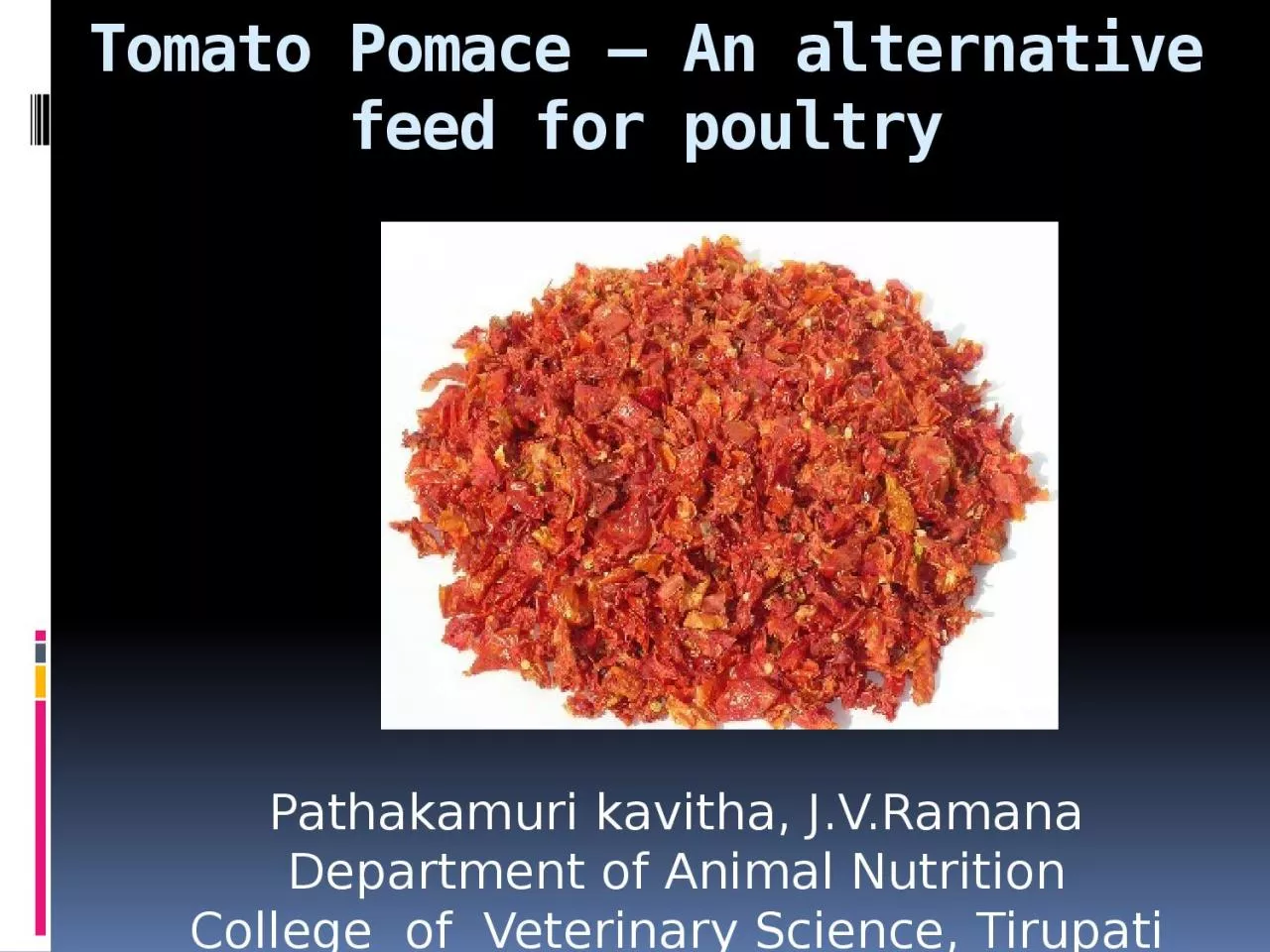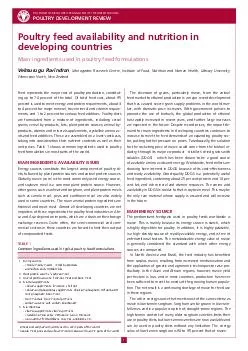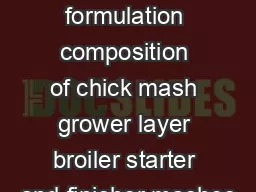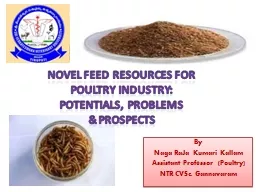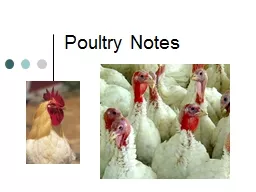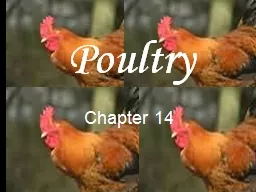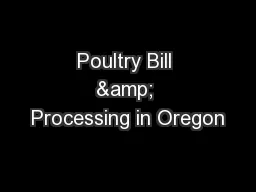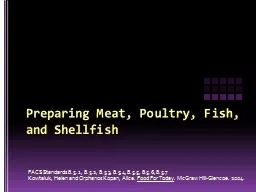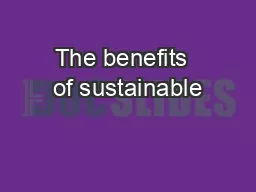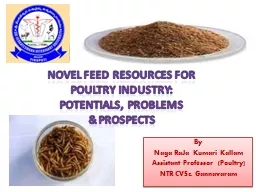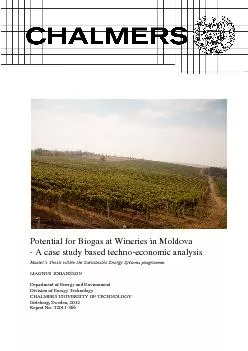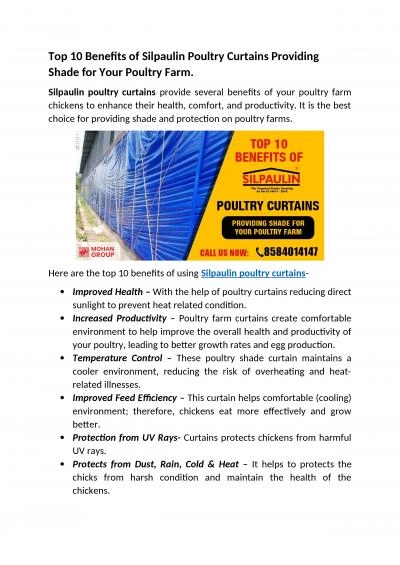PPT-Tomato Pomace – An alternative feed for poultry
Author : DreamCatcher | Published Date : 2022-08-02
Pathakamuri kavitha JVRamana Department of Animal Nutrition College of Veterinary Science Tirupati Feed cost accounts for 7075 of total cost of production Availability
Presentation Embed Code
Download Presentation
Download Presentation The PPT/PDF document "Tomato Pomace – An alternative feed fo..." is the property of its rightful owner. Permission is granted to download and print the materials on this website for personal, non-commercial use only, and to display it on your personal computer provided you do not modify the materials and that you retain all copyright notices contained in the materials. By downloading content from our website, you accept the terms of this agreement.
Tomato Pomace – An alternative feed for poultry: Transcript
Download Rules Of Document
"Tomato Pomace – An alternative feed for poultry"The content belongs to its owner. You may download and print it for personal use, without modification, and keep all copyright notices. By downloading, you agree to these terms.
Related Documents

